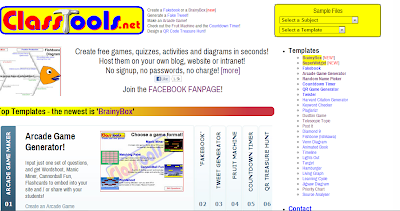My MS in Online Teaching and learning from California State University has made me believe that effective instructional design depends on sensitivity to the cognitive load which, depends on an understanding of how the human mind works. There are many things about the presentation of the instructional design that I was not aware of. As I began reading Clark and Moreno & Mayer’s article I came to know how pictorial and verbal material is associated with cognitive structures.
I think that a presentation should be broken down into digestible ‘sub-sets’ alternating between a few seconds of narration followed by a few seconds of corresponding animation. Moreno & Mayer found in their experiment (2002) that people with high-spatial ability have to put less effort in holding and manipulating mental images whereas low-spatial learners may not be benefited of simultaneous presentation. This may require them to devote more time in cognitive processing to hold mental images.
Moreover, segmenting helps in making meaningful subsets of the instructional material. I find when any video/power point is presented with animation continuously, with no breaks between the segments; I can make sense from the first segment. But, the additional processes of organizing and integration of information presented in next segments become difficult to understand because my mind is still processing the information presented in the previous segment. Thus, a useful practice is to use the technique that can be called weeding. Weeding reduces load and make the multimedia narration as concise and coherent as possible.

